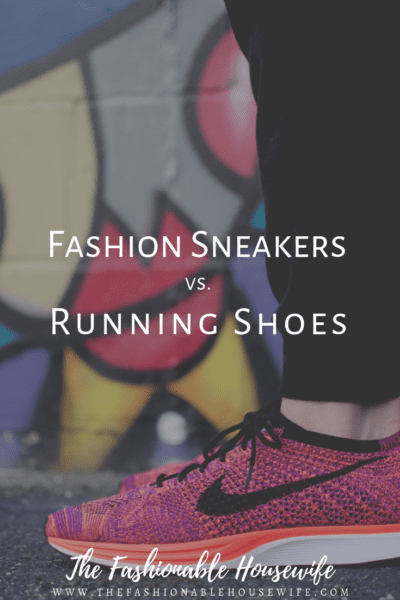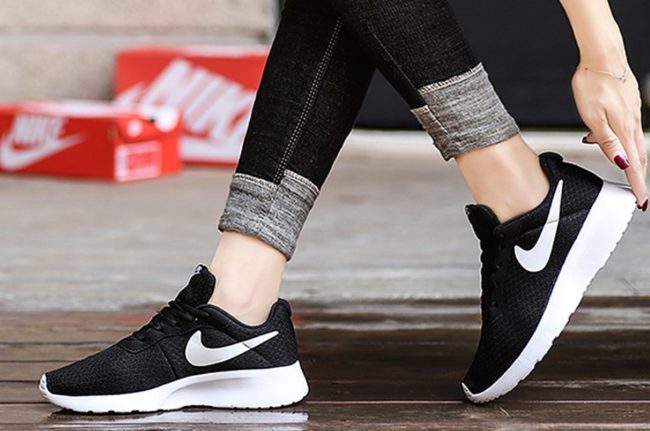
Sneakers come in all shapes and sizes. They’re also designed for different purposes. Every smart-looking pair of rubber-soled shoes isn’t necessarily gym-ready. Here’s a brief primer on the difference between shoes designed for working out and shoes designed for the street.
Fashion Sneakers Are Built To Look Good
Fashion shoes, such as the Puma Fenty by Rihanna, are designed to turn heads. They’re built for minimal movement — the sort of up-and-down-off-your-feet day most people experience at school or at work. They’re not intended for performance and often feature celebrity designers. In short, they’re built for the runway, not for running.
Running Shoes Are All About the Features
When a runner chooses a new pair of shoes, he or she is usually more interested in function than form. Looks do matter, but what’s under the hood matters more. The best budget running shoes are lightweight and built out of breathable fabric to keep your feet cool during a workout. Many employ new technologies to offer top-of-the-line comfort and stability, too. Nike sneakers, for example, often feature the company’s signature Air Max cushioning unit.

The Wrong Shoes Can Cause Injuries
Virtually every sneaker is good for standing around or even walking. If you plan to wear your shoes for higher impact pursuits, such as running, hiking, or most sports, you should avoid fashion sneakers. While they may look tight, they won’t do much to support your foot.
Support is the key area where these two types of footwear differ. The myriad technologies found in the midsole of most running shoes are designed to maximize the wearer’s comfort. ASICS running shoes tout their cushioning gel, for example. That pillow-like layer adds comfort to your run and is crucial to avoiding hip, back, and knee injuries, as your joints are subjected to a 600% increase in force when you run.
You won’t find gel cushioning in most fashion sneakers. Shoes built to look good instead employ basic, low-density foam soles. This isn’t a cost-saving measure so much as it is a common sense one. Fashion, or lifestyle, shoes are built for a day of light activity, not for racking up the steps on your fitness tracker or pounding the pavement.
Here’s How To Tell the Difference Between the Two
Fashion sneakers often masquerade as running shoes. As a shopper, there are certain clues that you can look out for in order to avoid buying the wrong kicks, though.
First, look for how the shoe’s line is marketed. Descriptors such as “classic,” “retro,” or “original” are generally reserved for fashion sneakers. They’re style throwbacks that often hearken back to a simpler time full of simpler shoe designs and therefore aren’t intended for a substantial workout.
Second, pay attention to the price tag. Fashion sneakers are often, but not always, significantly less expensive than running shoes due to their lack of high-performance features.
Knowing the difference between a fashion shoe and a running shoe can mean the difference between a satisfying gym session and a trip to your chiropractor. You have more options than ever when it comes to buying sneakers. Choose the right shoe for your purpose, whether that’s working up a good sweat or simply looking good.



